Cataloguing and Classification
Synopsis
Cataloguing rules have been defined to allow for consistent cataloguing of various library materials across several persons of a cataloguing team and across time. Users can use them to clarify how to find an entry and how to interpret the data in an entry.
The larger a collection, the more elaborate cataloguing rules are needed. Users cannot and do not want to examine hundreds of catalogue entries or even dozens of library items to find the one item they need.
The latest attempt to describe a library catalogues goals and functions was made in 1998 with functional requirements for bibliographic records (FRBR) which defines four user tasks: find, identify, select, and obtain.
Library catalogues originated as manuscript lists, arranged by format folio, quarto, etc. or in a rough alphabetical arrangement by author. Printed catalogues, sometimes called dictionary catalogues enabled scholars outside a library to gain an idea of its contents. These would sometimes be interleaved with blank leaves on which additions could be recorded, or bound as guardbooks in which slips of paper were bound in for new entries. Slips could also be kept loose in cardboard or tin boxes, stored on shelves. The first card catalogues appeared in the nineteenth century, enabling much more flexibility, and towards the end of the twentieth century the OPAC was developed.
Library items that are written in a foreign script are, in some cases, translated to the script of the catalogue. Library catalogues originated as manuscript lists, arranged by format folio, quarto etc. or in a rough alphabetical arrangement.
This book will be of immense help to all those contemplating to acquire expert knowledge of cataloguing and classification with special reference to library and information science and management.
Read more
The larger a collection, the more elaborate cataloguing rules are needed. Users cannot and do not want to examine hundreds of catalogue entries or even dozens of library items to find the one item they need.
The latest attempt to describe a library catalogues goals and functions was made in 1998 with functional requirements for bibliographic records (FRBR) which defines four user tasks: find, identify, select, and obtain.
Library catalogues originated as manuscript lists, arranged by format folio, quarto, etc. or in a rough alphabetical arrangement by author. Printed catalogues, sometimes called dictionary catalogues enabled scholars outside a library to gain an idea of its contents. These would sometimes be interleaved with blank leaves on which additions could be recorded, or bound as guardbooks in which slips of paper were bound in for new entries. Slips could also be kept loose in cardboard or tin boxes, stored on shelves. The first card catalogues appeared in the nineteenth century, enabling much more flexibility, and towards the end of the twentieth century the OPAC was developed.
Library items that are written in a foreign script are, in some cases, translated to the script of the catalogue. Library catalogues originated as manuscript lists, arranged by format folio, quarto etc. or in a rough alphabetical arrangement.
This book will be of immense help to all those contemplating to acquire expert knowledge of cataloguing and classification with special reference to library and information science and management.
39.60
35.64
$
44.00 $
Free delivery Wolrdwidе in 10-18 days
Ships in 1-2 days from New Delhi
Membership for 1 Year $35.00
Get it now and save 10%
Get it now and save 10%
BECOME A MEMBER
Books by the same authors

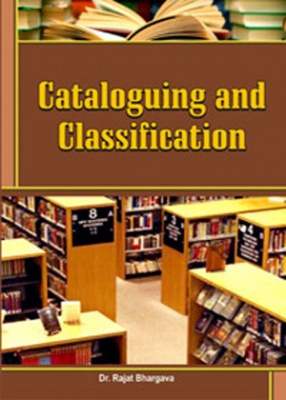
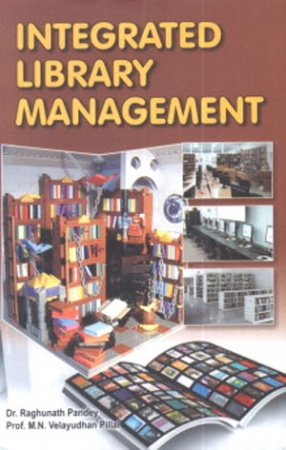



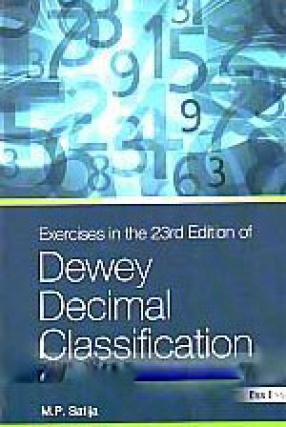
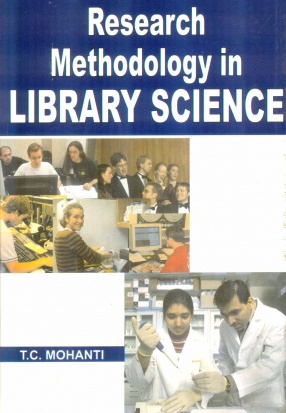
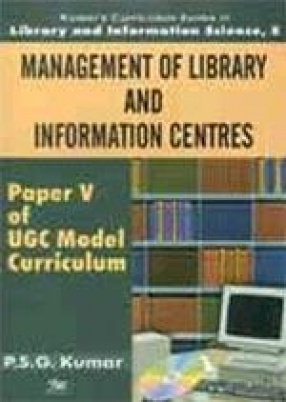
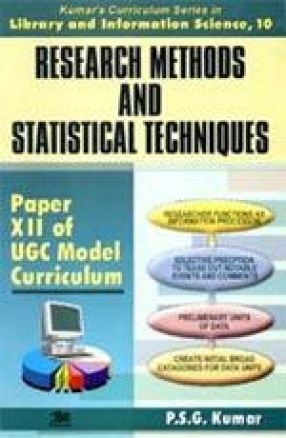

Bibliographic information
M N Velayudhan Pillai